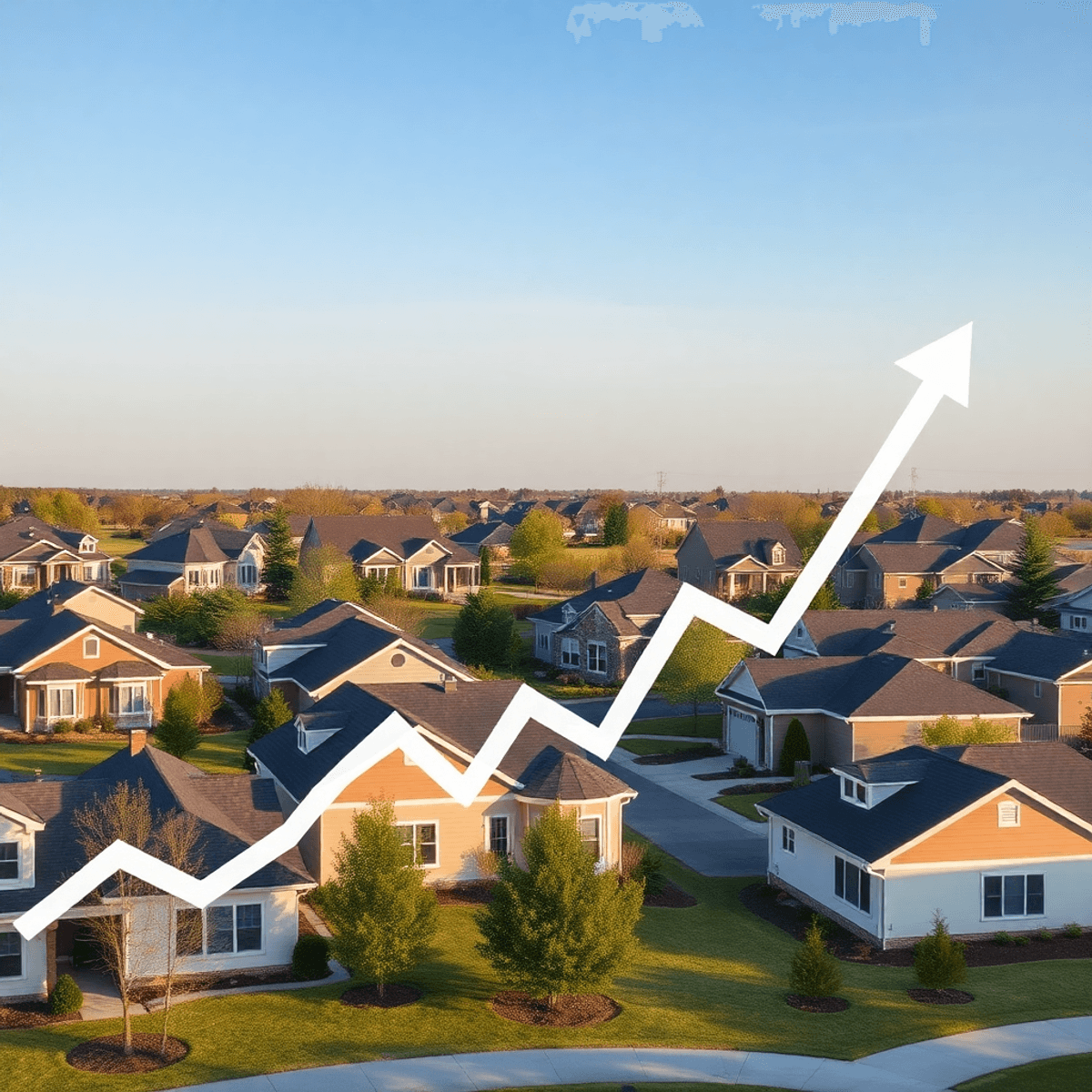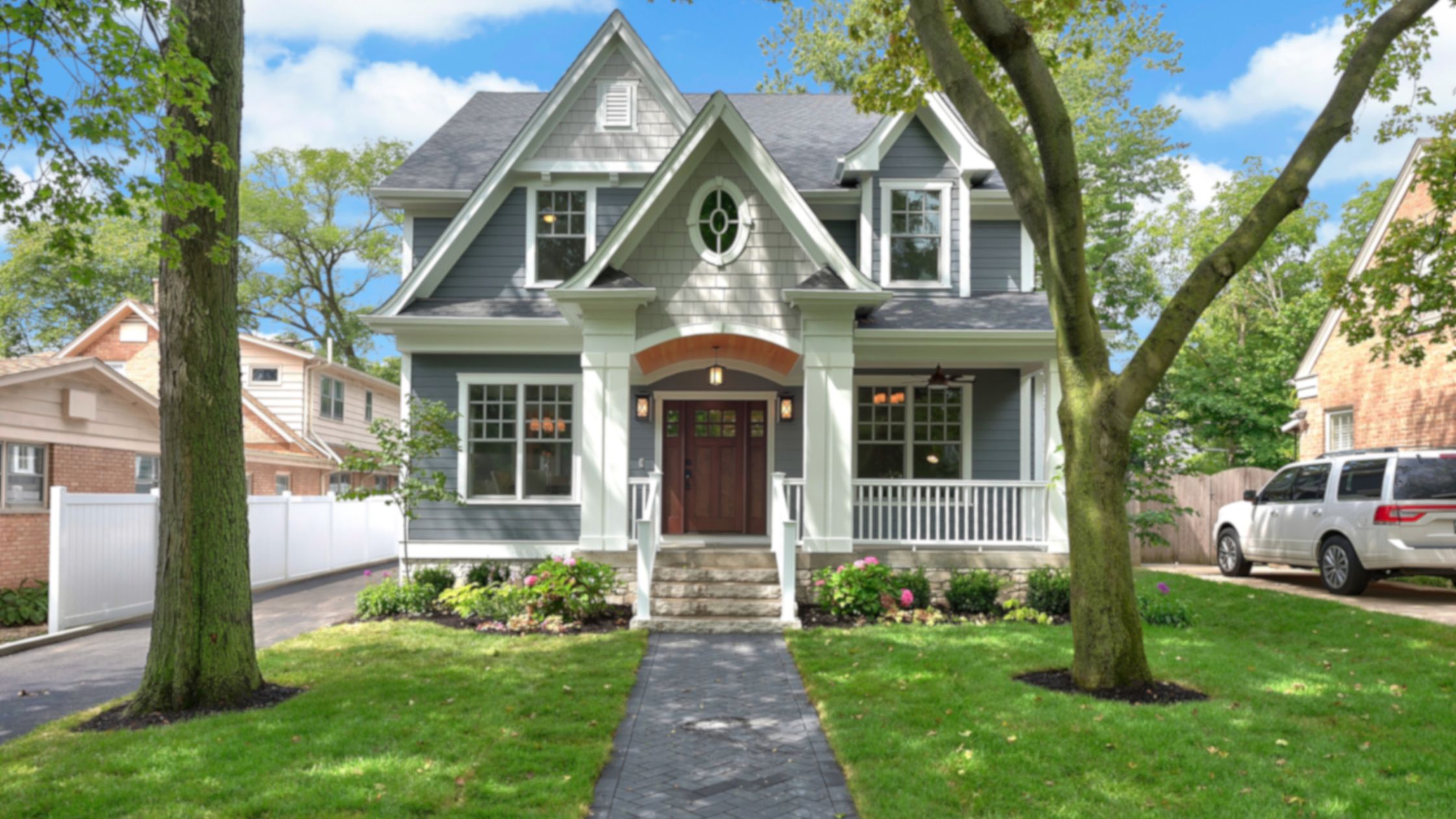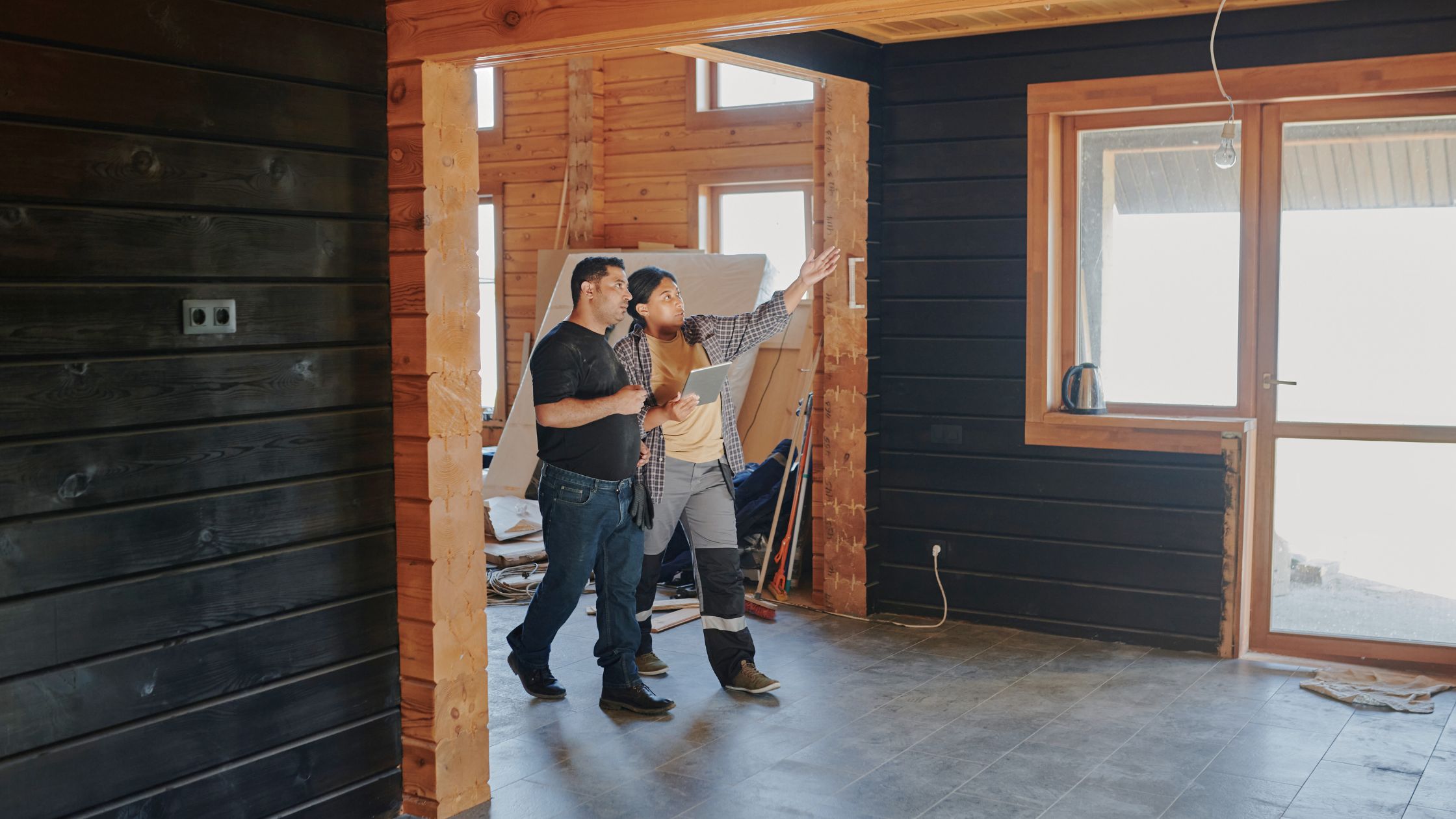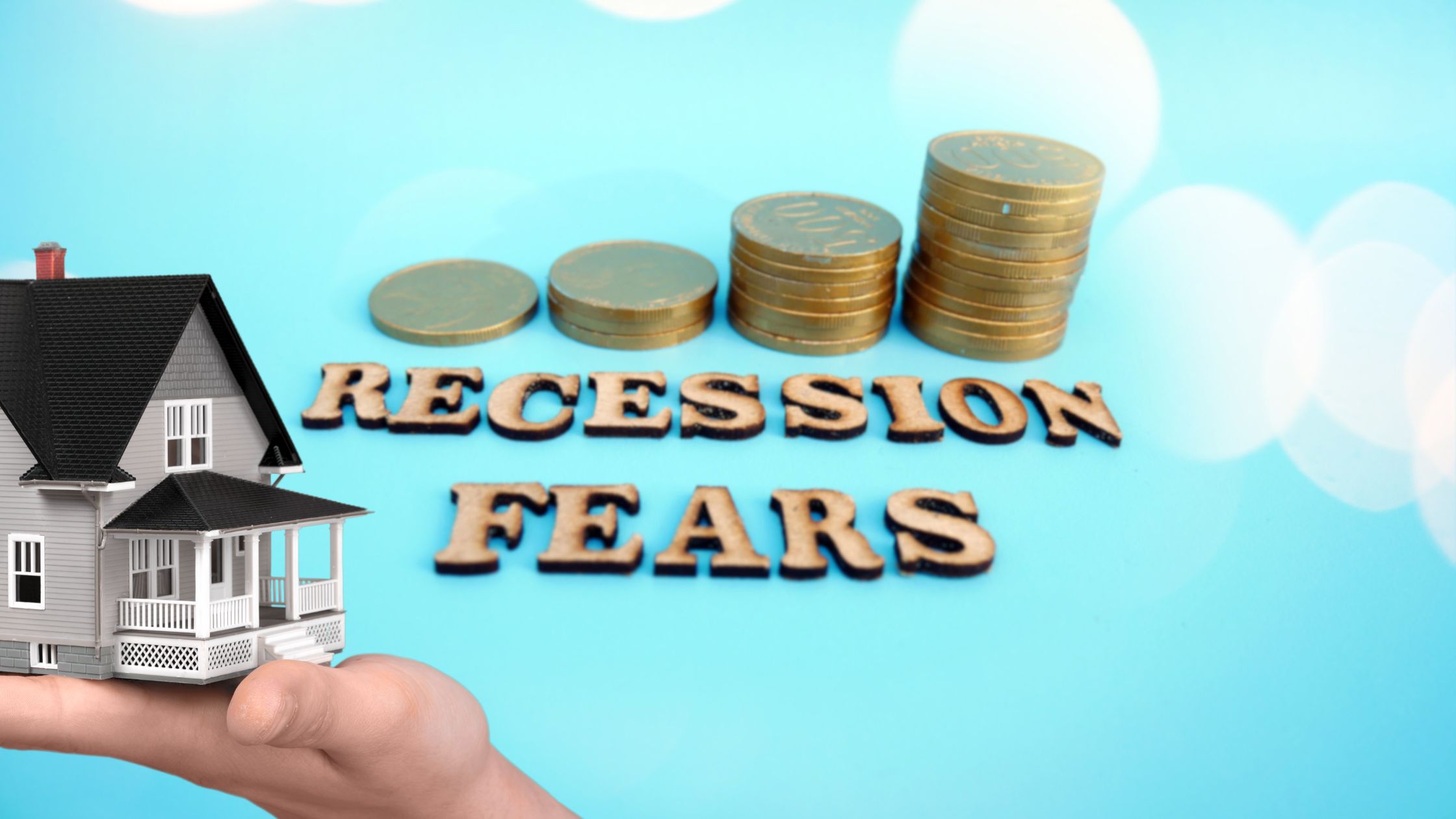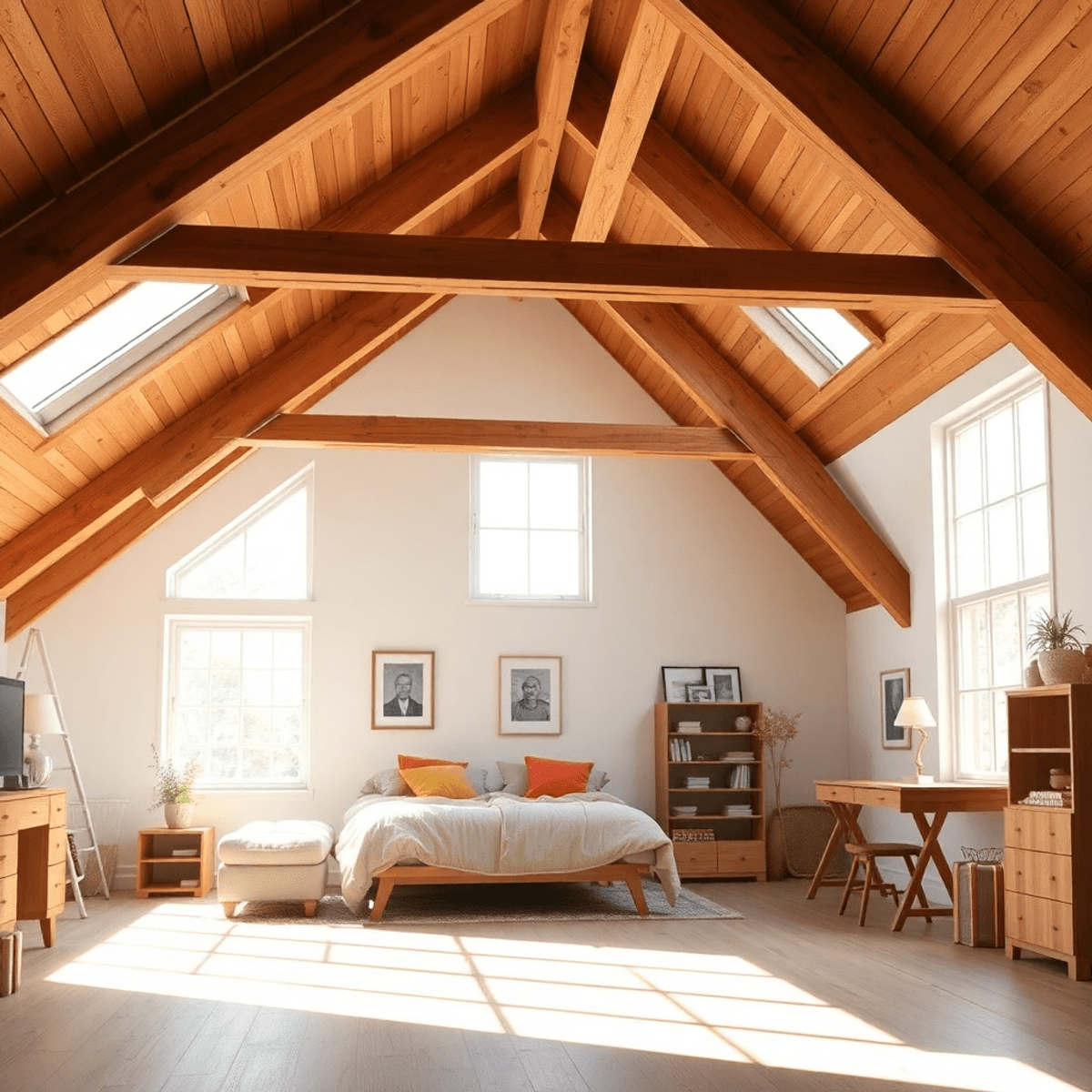Illinois Housing Market Forecast 2026: Key Trends & Data
The Illinois housing market in 2025 is at an important turning point. Home prices have gone up slightly, there are more homes available for sale, and sales activity has slowed down a bit compared to previous years. These signs indicate that the market is stabilizing after a time of uncertainty and rapid price increases. It’s crucial for buyers, sellers, and investors to understand this changing landscape in order to make informed decisions.
Why focus on the Illinois Housing Market Forecast 2026: Key Trends & Data? Market trends are influenced by various factors such as interest rates, job growth, demographic shifts, and regional differences. These factors all contribute to shaping what happens next in the housing market. As the market moves towards a more balanced state, each stakeholder will encounter new opportunities and challenges.
This article provides an analysis of the Illinois housing market in 2026 based on data and trends. Here’s what you can expect:
- Current analysis of Illinois real estate trends
- Projections for home values and inventory across key regions
- Insights into how mortgage rates and economic factors might affect demand
- A comparison with national housing market forecasts
Whether you’re a buyer, seller, or investor, this housing market forecast offers practical information to help you navigate the changing real estate environment in Illinois in 2026.
As you prepare for your next move in this evolving market, consider some essential home improvement tasks that could enhance your property’s value. For instance, understanding the difference between sanded vs. unsanded grout can be crucial when undertaking tiling projects. Additionally, if you’re looking to improve your home’s energy efficiency or comfort level, investing in one of the best ceiling fans could be a worthwhile consideration.
Moreover, if you’re planning to host gatherings or family events in your newly purchased home, mastering a few recipes like Sara’s silky pumpkin pie could impress your guests.
However, it’s also important to remember that home maintenance extends beyond interior decor and culinary skills. For instance, while dishwasher pods offer convenience in cleaning dishes, they might also pose risks to your plumbing system if not used correctly.
Lastly, should you decide to take a vacation after settling into your new home, don’t forget these 15 essential home tasks before vacation that will secure your space while you’re away.
Current State of the Illinois Housing Market (2025)
The Illinois home sales 2025 data highlight a shifting landscape. May 2025 closed with 12,674 homes sold across the state, marking a 4.7% decrease compared to May 2024. This dip points to cooling demand after several years of intense activity.
Median home price Illinois figures tell a different story. Despite fewer transactions, the median sales price climbed 5% year-over-year, reaching $315,000. Sellers continue to benefit from equity gains, but the pace of appreciation is drawing scrutiny from buyers watching affordability trends.
Housing inventory Illinois has expanded as well. The number of homes listed rose by 6%, bringing available inventory to approximately 19,890 properties as of May 2025. This growth gives buyers more options and signals a shift away from tight market conditions seen in previous years.
The average days on market metric nudged higher, now sitting at 27 days—a slight increase indicating that homes are not moving as quickly as before. This longer market time suggests buyers are becoming more selective and sellers may need to recalibrate pricing strategies.
Rising prices paired with increased inventory and slower turnover illustrate a market in transition. These factors set the stage for understanding how mortgage rates and broader economic forces will shape Illinois real estate moving into 2026.
In this context, it’s important for potential homebuyers to also consider their lifestyle needs and preferences. For instance, if you’re someone who enjoys cooking or baking, exploring favorite Aldi items could be beneficial as you settle into your new home and start stocking up your pantry with essentials.
Additionally, moving can sometimes lead to unexpected situations like lipstick stains on clothes while unpacking or decorating. Having some tips on how to handle such scenarios can make the transition smoother.
If you’re planning a celebration in your new home, consider trying out some fun recipes like a balloon cake or a delicious caramel apple cheesecake. Both are sure to impress your guests!
Lastly, as you start personalizing your new space, you might want to think about color schemes. For those looking for inspiration during this Halloween season, here are some suggestions for Halloween paint colors that could add a rich and moody vibe to your walls.
Impact of Mortgage Rates on Market Dynamics
Mortgage rates in Illinois remain a defining force in the housing market as 2025 unfolds. The average 30-year fixed mortgage rate hovers near 6.75%, while the 15-year fixed option sits around 5.92%. Both figures are markedly higher than rates seen during the pandemic years, reflecting ongoing efforts by the Federal Reserve to manage inflation.
Effects of Higher Mortgage Rates
Elevated mortgage rates Illinois 2025 directly restrict home affordability Illinois. Higher borrowing costs mean monthly payments for new buyers are significantly steeper, reducing the pool of qualified buyers. Many first-time purchasers find themselves priced out, while move-up buyers hesitate to trade up and lock in a higher rate. This drag on demand has been visible in slowing home sales and lengthier days on market.
Key impacts include:
- Decreased Buyer Demand: Rising rates push more buyers to the sidelines, softening competition for available listings.
- Downward Pressure on Prices: Sustained high rates may lead sellers to adjust pricing expectations, especially in regions with growing inventory.
- Shift in Buyer Strategy: Adjustable-rate mortgages and buydown incentives gain traction as buyers seek ways to offset borrowing costs.
These trends align with findings from the Consumer Financial Protection Bureau, which highlight how fluctuating mortgage interest rates can significantly impact buyer behavior and overall market dynamics.
Looking Ahead: Potential Market Shifts
Heading into 2026, any sustained shift or reduction in rates could unlock pent-up demand, but continued volatility keeps market participants watching closely. The link between buyer demand mortgage rates and overall activity remains central as Illinois approaches another year of transition.
In light of these challenges, homeowners might consider hosting Halloween gatherings with spooky cocktails or preparing Katie Couric’s favorite salad using fresh produce from their gardens. They could also explore creative ways to utilize their current home space, such as storing carrots for longer periods or making delightful chocolate-marshmallow-peanut clusters, which could serve as treats during these gatherings. Additionally, homeowners might want to consider how to make pumpkins last longer if they plan on incorporating them into their Halloween decor.
As we look at these potential shifts in buyer strategy and market dynamics, it’s crucial to note that these changes could also influence future affordability levels, a topic extensively analyzed by Fannie Mae in their research on affordability improvement forecasts.
Economic and Demographic Influences on the Market
The Illinois economy housing market is closely tied to local employment trends. Job growth directly impacts real estate by increasing household formation and boosting demand for both rentals and home purchases. In metro areas such as Chicago, stable or rising employment figures typically lead to increased buyer activity and help support home values. Conversely, regions experiencing job losses or stagnant wages often see reduced demand, longer listing times, and softer prices.
Demographic Shifts and Their Impact
Demographic shifts also play a central role in shaping the Illinois Housing Market Forecast 2026: Key Trends & Data. Migration patterns reveal a steady outflow of residents from some Illinois counties, prompted by factors like job relocations, lifestyle changes, or retirement plans. This population movement decreases demand in certain markets while driving growth in others—particularly suburban or exurban areas with lower costs and improved amenities. The aging population further influences housing needs, with increased interest in downsized homes, accessible properties, and senior-friendly communities. These trends are part of a broader demographic reality that presents both challenges and opportunities for the housing market.
Economic Conditions and Regional Disparities
Broader economic conditions—including inflation rates, consumer confidence, and state fiscal health—contribute to regional disparities within the market. Areas with robust infrastructure projects or expanding industries may outperform state averages, while communities facing economic headwinds are likely to see elevated inventory and slower price appreciation. These dynamics underscore the importance of tracking both local jobs data and broader demographic trends when evaluating Illinois real estate opportunities.
Gardening Trends and Economic Factors
Interestingly, these economic factors can also influence gardening trends in the region. For instance, during periods of job growth and increased household formation, more people may invest in their homes including their gardens. This could lead to an increase in demand for gardening-related resources such as knowledge about when to plant peonies, a popular flower choice among homeowners.
On the other hand, during economic downturns when households are tightening their budgets due to job losses or stagnant wages, there might be a shift towards lower-maintenance gardening strategies. This could include delaying cutting back garden plants until spring, which is often a more sustainable approach. Such behavioral changes highlight the interconnectedness of the housing market and broader economic conditions with personal lifestyle choices like gardening.
Moreover, these economic factors can also lead to changes in agricultural practices as highlighted in recent studies by the FAO that discuss how economic conditions influence agricultural dependency in certain regions of Illinois.
Regional Forecasts for Illinois Housing Market in 2026
Regional housing forecasts in Illinois reveal significant variation heading into 2026. Not all markets are moving in sync, and understanding these differences is crucial for buyers, sellers, and investors.
1. Rockford and Freeport
Modest gains are anticipated for these areas, with home values projected to rise by approximately 1.6% to 2.1%. This trend reflects steady local demand and a more balanced supply of homes. The Rockford home values forecast points to sustained affordability, attracting first-time buyers and those relocating from pricier metros. For instance, some buyers may consider the option of purchasing a tiny house which offers a more affordable housing alternative.
2. Chicago, Springfield, Mount Vernon
Major urban centers are expected to see price declines ranging from -1% to -5.9%. Chicago real estate trends indicate that higher inventory levels, shifting migration patterns, and affordability challenges are placing downward pressure on prices. Springfield and Mount Vernon follow similar trajectories as population shifts away from urban cores contribute to softer demand.
Drivers of these regional disparities include:
- Varying job growth rates and local economic opportunities
- Differences in housing supply management
- Demographic trends such as out-migration or aging populations
For anyone navigating the Illinois market, paying attention to local data is essential. Conditions can change rapidly within short distances—what holds true for Rockford may not apply just a few counties over in Chicago or southern Illinois. Pricing strategies, negotiation tactics, and investment decisions should reflect these hyper-local dynamics.
In this context, understanding the nuances of home features becomes vital. For example, when considering a new home purchase, potential buyers might find themselves torn between choosing a sofa or a couch for their living room space. Furthermore, as families grow or lifestyle changes occur, having the right garage door opener can significantly enhance convenience in daily life.
Comparison with National Housing Market Trends
The national housing forecast for 2026 shows a market on an upward trajectory, contrasting with the more regionally mixed outlook in Illinois. Here’s what the latest US home sales projections and mortgage rate trends indicate:
Existing Home Sales
National experts project existing home sales to climb by 6% in 2025, followed by a stronger 11% jump in 2026. This steady momentum signals renewed buyer confidence as market conditions stabilize across much of the country.
New Home Sales
Builders are expected to see a surge, with new home sales anticipated to rise roughly 10% in 2025. Additional gains are forecasted for 2026, driven by continued demand from younger buyers and those relocating for work.
Median Price Growth
Median prices for homes across the US are projected to grow by about 3–4% through 2026. This pace reflects sustained demand balanced against improving inventory levels, but not the sharp price spikes seen during the pandemic era.
Mortgage Rate Trends USA
Analysts expect mortgage rates to begin cooling by late 2025, easing further into 2026. With the average 30-year fixed rate currently near historic highs, even modest declines can improve affordability and unlock pent-up demand.
The national context helps place Illinois’ local shifts into perspective, highlighting broader economic forces at play while emphasizing that regional variations remain critical for decision-making.
Incorporating aesthetic trends into home design can also influence property value and buyer interest. For example, the Cinnamon Girl aesthetic is gaining popularity and could be a unique selling point for homes in Illinois. Additionally, understanding how to care for specific plants like the African Milk Tree, which are trendy in modern decor, might be beneficial for homeowners looking to enhance their property’s appeal.
As we approach Halloween, incorporating seasonal decor such as Aldi’s Halloween pillows or horror film-inspired decorations could also attract potential buyers by adding a festive touch to homes on the market.
Transition from Seller’s Market to Balanced Market in Illinois
The Illinois Housing Market Forecast 2026: Key Trends & Data shows a clear shift away from the intense seller’s market that dominated previous years. Current metrics point to a balanced real estate market forecast for Illinois, with both buyers and sellers recalibrating expectations.
Signs of Market Transition
1. Inventory Growth
A 6% increase in available homes signals more options for buyers. This growing inventory directly weakens the urgency that previously fueled bidding wars.
2. Longer Days on Market
Homes are now averaging 27 days before selling, up from prior years. This trend suggests decreased competition and grants negotiating power to buyers in Illinois.
3. Price Stabilization
While some regions still see slight price gains, areas like Chicago and Springfield are forecasting declines between -1% and -5.9%. Sellers are being forced to adjust pricing strategies or offer concessions to attract buyers.
What This Means for Buyers
Buyers entering the Illinois housing market in 2026 will encounter less pressure than during the previous seller-dominated cycle. Key buyer tips for the Illinois housing market:
- Leverage Negotiation: With more choices and longer listing times, negotiate for price reductions or ask sellers for closing cost credits.
- Be Patient: Increased inventory means less urgency. Take time to compare properties and conduct thorough due diligence.
- Monitor Local Trends: Conditions differ greatly between cities like Rockford (with expected value increases) and those facing declines.
For instance, a similar trend observed in the 2025 housing market update for Boise, Idaho, where inventory growth has also influenced buyer behavior.
Seller Strategies for 2026
Sellers need to adapt quickly as the market balances:
- Price Realistically: Overpricing may lead to extended listing periods or eventual price cuts.
- Enhance Property Appeal: Invest in repairs or upgrades that differentiate your property within a more competitive landscape.
- Stay Flexible: Be prepared for negotiations on both price and terms, including requests for contingencies or incentives.
Illinois real estate advice 2026: Success hinges on local knowledge—track your neighborhood’s data closely and work with agents who understand shifting dynamics.
This evolving landscape rewards adaptability. Stakeholders who respond proactively will be best positioned as Illinois moves further into a balanced real estate environment.
Conclusion
The Illinois housing outlook for 2026 points to a significant seller’s market transition—the days of strong seller dominance are fading as conditions shift toward a more balanced real estate market. This forecast suggests that buyers will gain increased negotiating power across many Illinois regions, particularly where inventory is rising and prices are stabilizing or trending downward.
Key takeaways include:
- Balanced Real Estate Market Forecast: Expect more equilibrium between buyers and sellers.
- Buyer Tips Illinois Housing Market: Watch local trends closely; flexibility and patience can yield better deals.
- Seller Strategies Real Estate: Competitive pricing and strategic listing timing become crucial for maximizing value.
- Real Estate Forecast Reliability: Data-driven insights help guide both short-term decisions and longer-term planning.
Illinois Housing Market Forecast 2026: Key Trends & Data shows that local economic shifts, demographic changes, and evolving mortgage rates all play a role in shaping outcomes. Relying on current data remains the best approach for navigating this complex landscape.
FAQs (Frequently Asked Questions)
What is the current state of the Illinois housing market in 2025?
In 2025, Illinois home sales have declined by 4.7% compared to May 2024, with the median sales price increasing by 5% to $315,000. Housing inventory has grown by 6%, offering approximately 19,890 homes, while average days on market have slightly increased to 27 days, indicating a slowing turnover.
How are mortgage rates impacting the Illinois housing market dynamics in 2025?
Mortgage rates in Illinois during 2025 remain elevated, with a 30-year fixed rate near 6.75% and a 15-year fixed rate around 5.92%. These higher rates are affecting buyer affordability and overall demand, potentially leading to moderated market activity heading into 2026.
What economic and demographic factors influence the Illinois housing market forecast for 2026?
Local job growth plays a significant role in shaping housing demand in Illinois. Demographic shifts such as migration patterns and an aging population also impact housing needs. Broader economic conditions contribute to regional variations within the state’s real estate market outlook for 2026.
What are the regional forecasts for Illinois housing markets in 2026?
Regions like Rockford and Freeport are expected to see modest home value increases between 1.6% and 2.1%. In contrast, major markets including Chicago, Springfield, and Mount Vernon may experience declines ranging from -1% to -5.9%. These disparities are driven by local economic and demographic factors important for buyers and sellers to consider.
How does the Illinois housing market forecast for 2026 compare with national housing trends?
Nationally, existing home sales are projected to grow by 6% in 2025 and an additional 11% in 2026, with new home sales rising about 10% in 2025 followed by further gains. Median prices nationally are anticipated to grow steadily by approximately 3-4%, alongside a forecasted cooling of mortgage rates through late 2025 into 2026, which may positively affect market activity compared to Illinois’s more varied regional trends.
Is the Illinois housing market transitioning from a seller’s market to a balanced market in 2026?
Yes, the Illinois housing market is shifting from strong seller dominance toward a more balanced equilibrium between buyers and sellers. This transition affects negotiating power, providing buyers with improved opportunities while requiring sellers to adapt their strategies accordingly for success in the evolving real estate landscape.
news via inbox
Nulla turp dis cursus. Integer liberos euismod pretium faucibua
